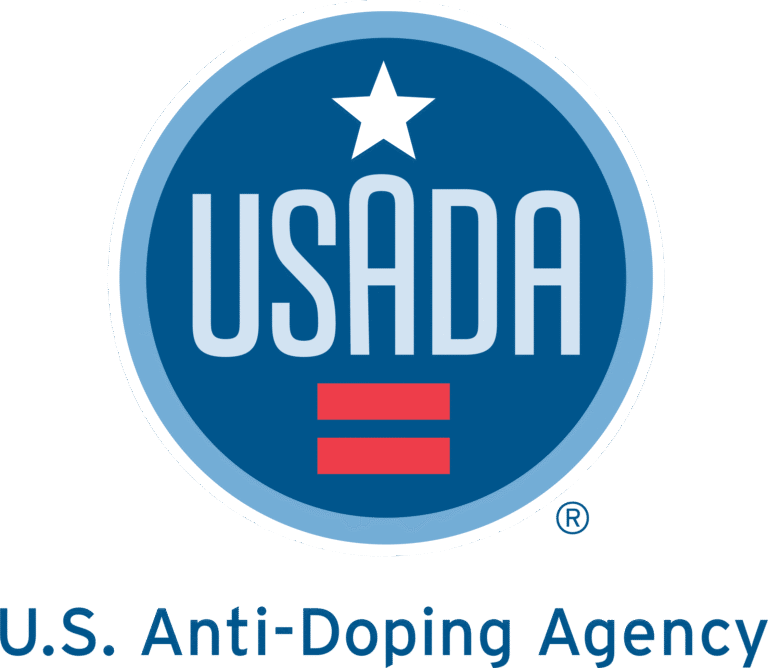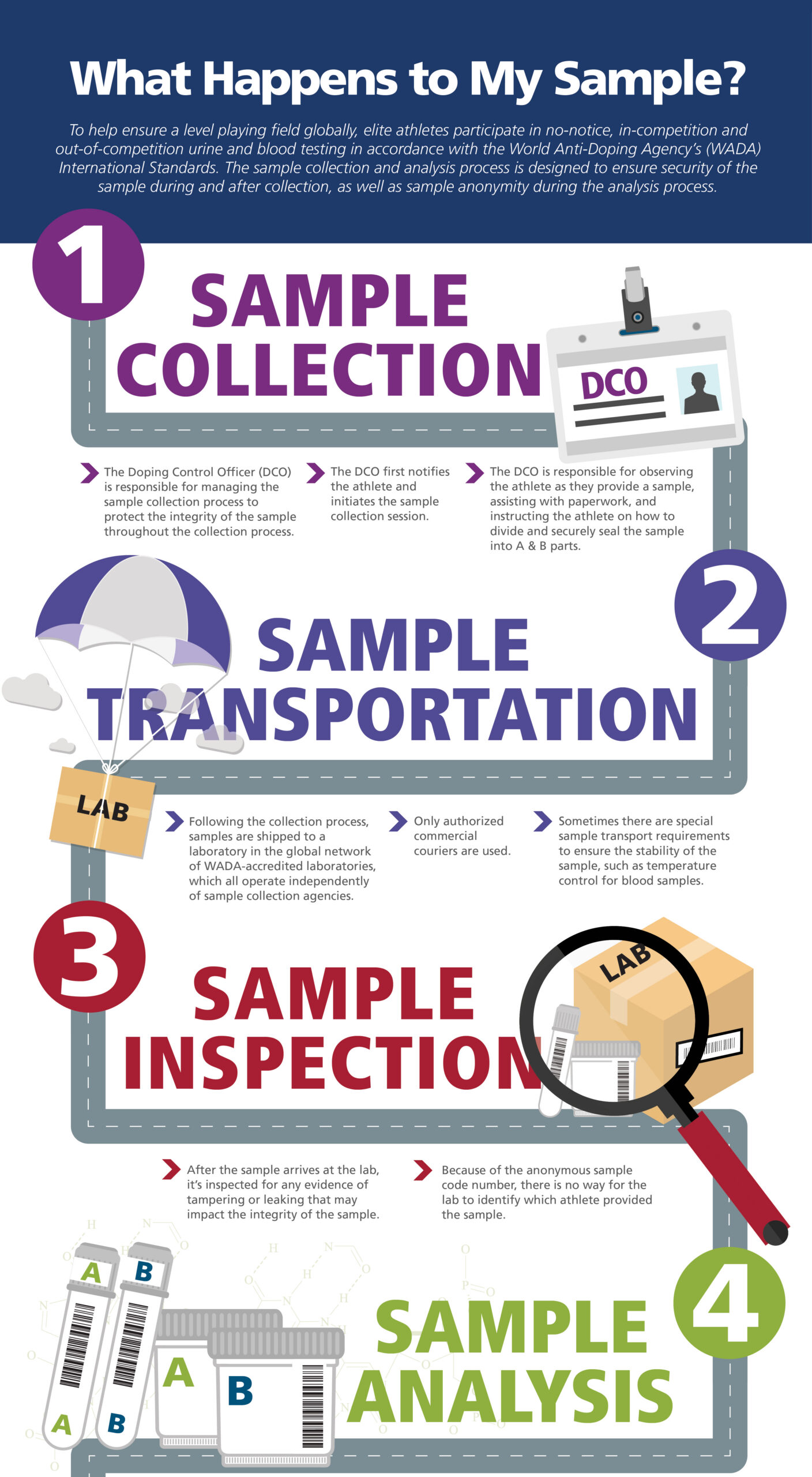
Everyone does their part
In the Pursuit of Clean Sport
By upholding both their rights and responsibilities during the sample collection process, athletes are doing their part to help protect the integrity of competition.
The following information provides an overview of the sample collection process. Tests can be conducted by USADA, another National Anti-Doping Organization (NADO), the International Federation (IF) for the athlete’s sport, WADA, and/or other third-party sample collection agencies.
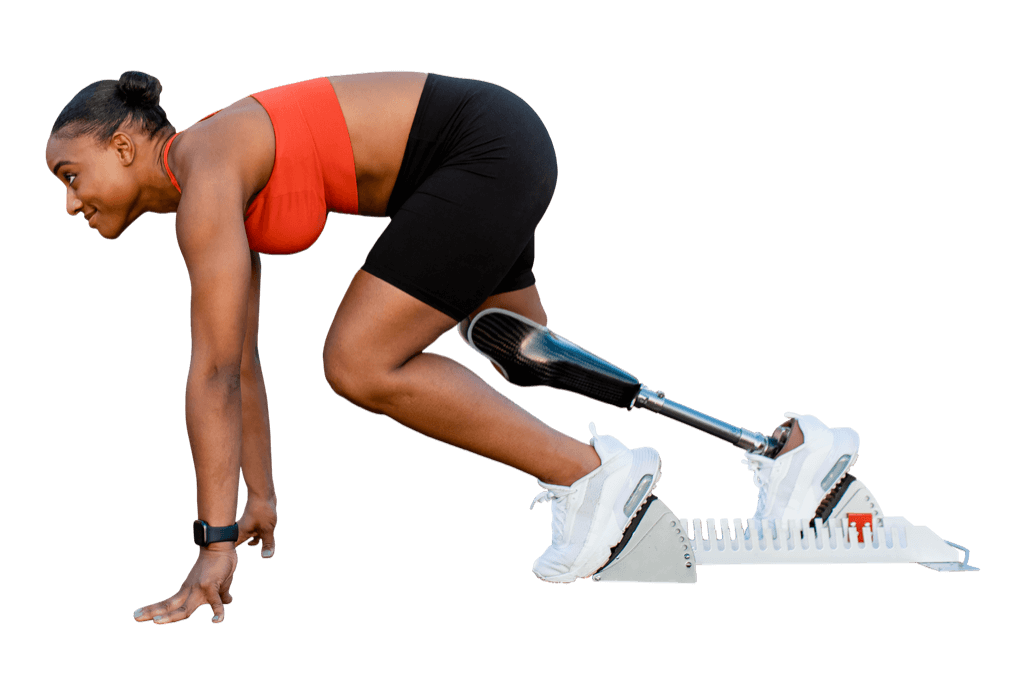
Collections Process and Info
Explore the Steps of
The Urine Sample Collection Process
Athlete Selection and Notification
USADA’s drug testing program allows for athletes to be selected for testing both at a competition (in-competition testing) and out-of-competition without any advanced notice, which can occur at any time and at any location. Athletes will be notified of their selection for doping control, by a Doping Control Officer (DCO) or chaperone. At the time of notification, the athlete will be informed of their rights and responsibilities during the sample collection process and be asked to provide photo identification.
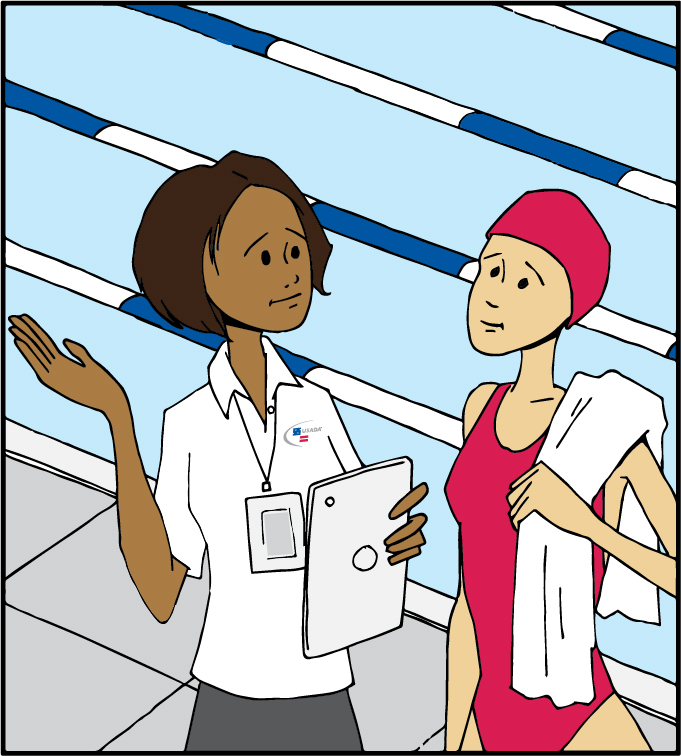
Doping Control Station
A USADA DCO or chaperone will notify Athletes in person that they have been selected for Testing.
Athletes notified for Testing will be asked to sign a document to acknowledge that they were notified and of their requirement to provide a sample of blood, urine, dried blood spot, and/or any other WADA-approved matrices. Athletes will also be informed of their rights and responsibilities and should carefully read the statements prior to signing. Once athletes are notified of their selection for testing, they must always remain within direct sight of the DCO or chaperone.
Following notification, the athlete will remain under continuous watch (direct observation) of the DCO or chaperone. If the athlete has been notified for in-competition testing, they must immediately report to the doping control station. Under certain circumstances, an athlete may request a delay in reporting for valid reasons; however, this request may not be permitted if it is not possible for the athlete to be continuously chaperoned. Such circumstances may include:
- Competing in further events;
- Participation in a victory ceremony;
- Fulfillment of media commitments;
- Performing a cool down;
- Obtaining necessary medical treatments;
- Locating a representative and/or interpreter;
- Obtaining photo identification; or
- Completing a training session.
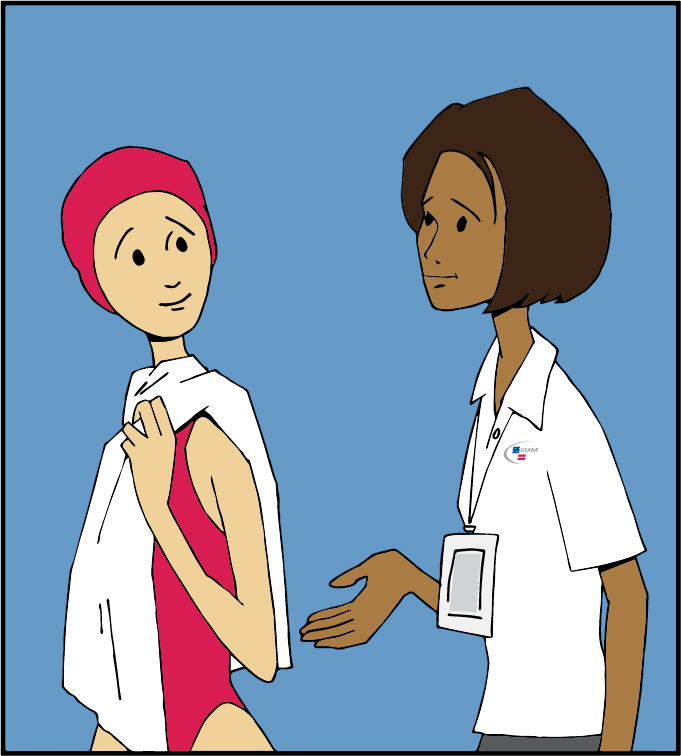
Provision of Sample
When ready to provide a sample, the athlete will be asked to select a sealed sample collection vessel from a choice of vessels. The athlete should check and inspect the collection vessel to ensure that it has not been tampered with and will be instructed to rinse their hands with only water before opening the vessel. The athlete representative may be present in the toilet area during the provision of the sample with the athlete’s permission and when agreed upon by the DCO.
The athlete will be asked to provide a urine sample of at least 90ml under direct observation of a DCO or witnessing chaperone of the same gender. For the DCO or chaperone to have a clear view of the sample being provided, the athlete will be asked to remove any bulky clothing, pull their shirt up to mid torso, pants down to mid-thigh and sleeves rolled up their elbows. As soon as the athlete is finished providing the sample, the DCO or chaperone will instruct the athlete to immediately secure the vessel with the lid.
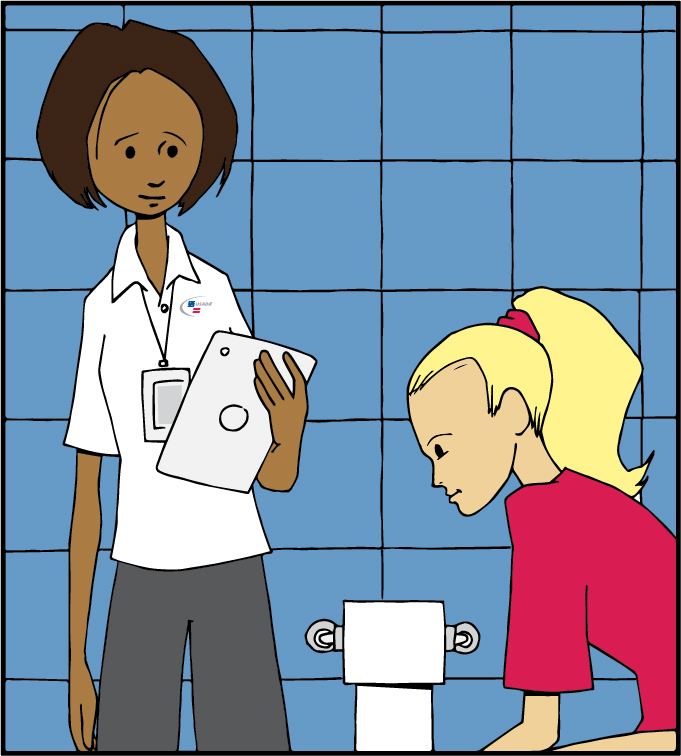
Sample Processing
After the sample is secured, the athlete and the DCO will process the sample and get it ready to ship to the laboratory.
The athlete will first be asked to choose a sample collection kit containing the bottles in which the sample will be sent to the lab. Similar to the way the vessel was chosen, the athlete will choose from a choice of sample collection boxes and ensure that the container is not damaged or tampered with. The athlete will open the sample collection kit and inspect the contents of the package containing an “A” and a “B” bottle, two WADA-certified bags for the samples, and two sheets of sample code stickers. Both the DCO and athlete will ensure that all sample code numbers on the bottles and sample collection kit box match.
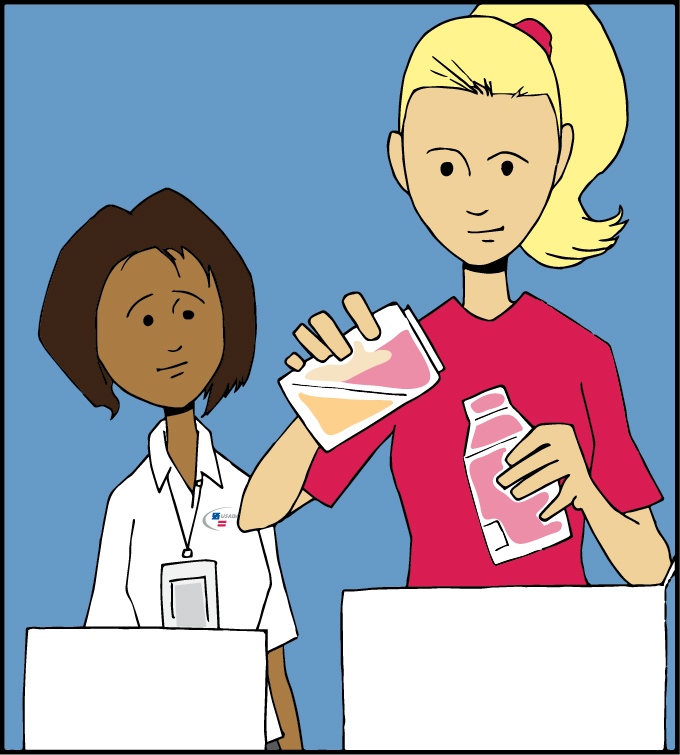 The athlete will then divide the sample between the B Sample and A Sample bottles and seal them. The DCO will not handle any of the equipment during the procedure unless requested to do so by the athlete. The athlete is to maintain control of the sample until the sample is sealed.
The athlete will then divide the sample between the B Sample and A Sample bottles and seal them. The DCO will not handle any of the equipment during the procedure unless requested to do so by the athlete. The athlete is to maintain control of the sample until the sample is sealed.
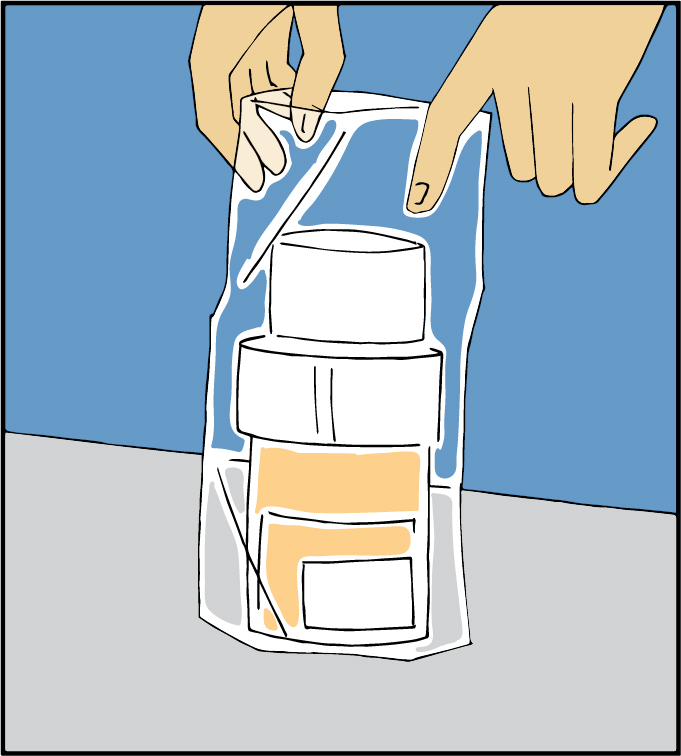 Once the sample is sealed, the athlete will be asked to place the B Sample and A Sample bottles into the WADA-certified bags and cardboard box.
Once the sample is sealed, the athlete will be asked to place the B Sample and A Sample bottles into the WADA-certified bags and cardboard box.

Sample Collection Forms
The DCO and athlete will complete sample collection forms together, either hard-copy or digitally, to document the circumstances of the sample collection process. Additionally, in accordance with the instructions on the doping control form (DCF), the athlete should declare any substance or medication they may have taken on a Declaration of Use Form. They should also provide details of any Therapeutic Use Exemptions (TUEs) they may have on file.
For information on medical declarations including TUEs, please click here.
The athlete should check the entire DCF thoroughly to ensure that the information is accurate. The athlete’s name or personal information will not be listed on the form that goes to the laboratory.
The laboratory reports all results based on the unique sample code numbers. The athlete should keep a copy of the paper or electronic DCF in a safe place.
The sample is then mailed by the DCO to the laboratory for analysis in a transport bag, ensuring a secure chain of custody.
Finally, athletes have the right to provide feedback about the collection session. After each USADA collection session, a USADA DCO will provide the athlete with an Athlete Evaluation Form to provide feedback related to the collection session. USADA encourages athletes to provide feedback about their experience. Every form that is submitted to USADA is reviewed.

What Happens to My Sample After Collection?
To help ensure a level-playing field globally, elite athletes participate in no-notice, in-competition and out-of-competition urine and blood testing in accordance with the World Anti-Doping Agency’s (WADA) International Standards. The sample collection and analysis process is designed to ensure security of the sample during and after collection, as well as sample anonymity during the analysis process.
Click here to explore the six-step journey of a sample, from collection to storage.
Explore the Steps of
The Blood Collection Process
Athlete Selection
Athletes can be selected for testing at anytime and at any location.
When USADA develops its plan to allocate testing resources, several considerations factor into the approach to testing athletes. They can include the physical demands of the sport, the history of doping in the sport, training periods and the competition calendar, and many other key considerations. When athletes are selected for testing, they may be required to provide a urine sample, a blood sample, dried blood spot, and/or any other WADA-approved matrices. Athletes are not selected for testing by the Doping Control Officers.
Athletes selected for an in-competition test may be selected based on rules that the international federation or a local organizing committee has established. This could include a place finish within the competition as well as being randomly selected or target tested.

Athlete Notification
A Doping Control Officer (DCO) or chaperone will notify athletes in person that have been selected for testing.
Athletes notified for testing will be asked to sign a document to acknowledge that they were notified and of their requirement to provide a sample of blood, urine, dried blood spot, and/or any other WADA-approved matrices. Athletes will also be informed of their rights and responsibilities and should carefully read the statements prior to signing. Once athletes are notified of their selection for testing, they must always remain within direct sight of the DCO or chaperone.
Following notification, the athlete will remain under direct observation of the DCO or chaperone. If the athlete has been notified for in-competition testing, they must immediately report to the Doping Control Station. Under certain circumstances, an athlete may request a delay in reporting for valid reasons; however, this request may not be permitted if it is not possible for the athlete to be continuously chaperoned. Such circumstances may include:
- Competing in further events;
- Participation in a victory ceremony;
- Fulfillment of media commitments;
- Performing a warm-down;
- Obtaining necessary medical treatments;
- Locating a representative and/or interpreter;
- Obtaining photo identification or
- Completing a training session.
If an athlete is selected to provide a blood sample, a blood collection officer (BCO) will accompany the DCO throughout the blood collection session. A BCO is a qualified phlebotomist who will perform the actual blood collection and could be dressed in scrubs, a lab coat, or other professional attire. The DCO will process the blood collection session. In some cases, the DCO may also act as the BCO. If the DCO is also a BCO, they will have the required certification and can provide a credential if requested.
Athletes have the right to ask the DCO or the BCO to provide an explanation of the process should they have questions.
In addition, athletes are encouraged to have a representative present throughout the process. It is required for minors and encouraged for athletes with an impairment to also have a representative accompany them throughout the process.
Selection of Kits
Athletes are given a choice of individually sealed security and accessory kits from which to choose.
Athletes should choose and inspect the collection kits and accessory kits to ensure they have not been tampered with and are not defective. Security kits contain the security containers used to transport your blood sample to the lab, collection kits include the collection tubes for blood, and accessory kits contain the needles and other after-care supplies. Athletes should also check the contents of the security kits to confirm the sample code numbers on the containers and labels match. Athletes should remove the containers from their packaging. The kits will be used to transport the athlete’s blood sample(s) to the lab.
Blood Collection
A number of steps occur during the blood collection process to ensure blood sample requirements are met.
On average, about 15-16 mL, or less than two tablespoons, of blood will be drawn during the blood collection process. The amount of blood drawn should not affect an athlete’s performance. A USADA four-tube blood draw only requires .07 cups of blood, which is 4% of a normal blood donation and .3% of your total blood volume.
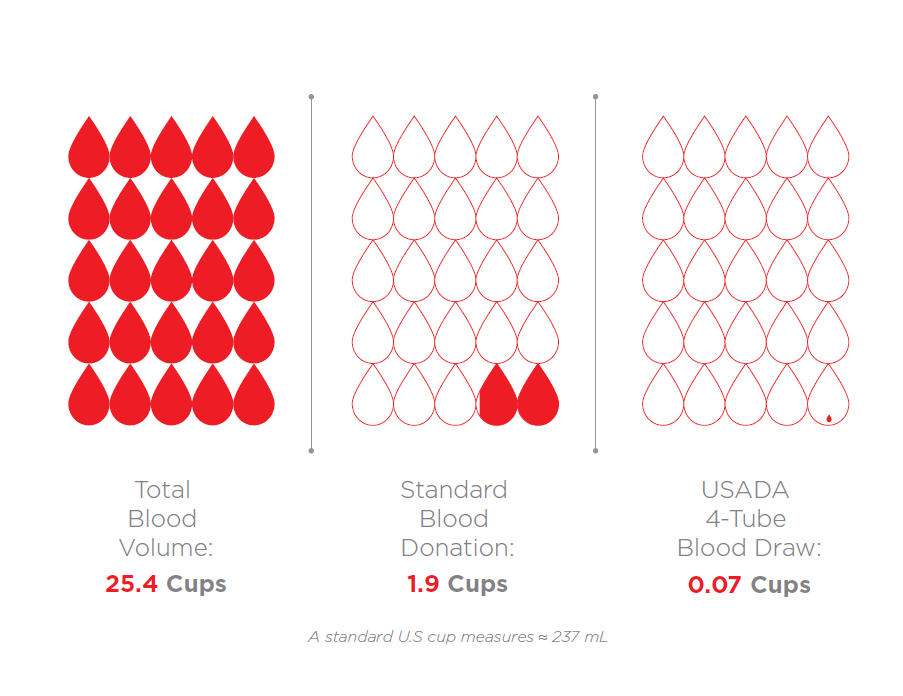
To control for blood plasma volume changes, the athlete will be asked to remain seated for a minimum of ten (10) consecutive minutes prior to providing a blood sample. The BCO will begin by preparing the athlete’s preferred site for the blood collection process by cleaning the area with a sterile disinfectant swab. The BCO will apply a tourniquet to aid in the collection, and the BCO will begin to draw the blood sample. A blood draw will be attempted a maximum of three times.
During the blood collection process, several collection tubes of blood could be drawn, but keep in mind, less than two tablespoons of blood will be drawn. After the relevant tubes are filled with blood, the BCO will label each tube with the corresponding sample code number on the security containers, confirming with the athlete that each tube was labeled appropriately.
After collecting the blood sample, the BCO will provide any after-care measures and instructions.
Minor modifications, such as the number of tubes of blood drawn and the length of time that an athlete remains in a seated position, can vary between USADA and international federation protocols. Rest assured that the protocols fall within the International Standard for Testing & Investigations requirements.
Securing The Blood Samples
The security of an athlete’s blood sample, as well as their health and safety, are very important, and steps are taken to protect each.
The DCO will direct the BCO to secure the collection containers. The security containers are then placed in a transport box and sealed for shipment.
Documentation
After the blood sample is secured in the security containers, the DCO will complete the remaining documentation with the athlete.
The DCO will guide the athlete through the remaining documentation corresponding to the blood collection session. During the completion of the final documentation, the athlete will be asked a series of questions that correspond to the documentation. Once the documentation has been reviewed, the athlete, their representative (if applicable), the DCO, and the BCO will sign the document to verify the accuracy of the information. The athlete will receive the appropriate document copies and the remaining copies will be sent to USADA and the WADA-accredited laboratory via paperwork shipment of digital delivery.
Providing Feedback
Athletes have the right to provide feedback about the collection session.
Feedback is an important part of the doping control process. After each USADA collection session, a USADA DCO will provide the athlete with an Athlete Evaluation Form to provide feedback related to the collection session. USADA encourages athletes to provide feedback about their experience. Every form that is submitted to USADA is reviewed.
Shipment to a WADA-Accredited Lab
After the conclusion of the blood collection session, the DCO will ship the athlete’s blood sample(s) to a WADA-accredited laboratory for analysis.
The chain of custody of the sample is closely monitored by USADA and the documents that accompany the blood samples(s) to the WADA-accredited lab do not include your name. The sample code number written on the documentation is the only information the lab uses to identify the athlete. The sample(s) may be stored for eight years or longer.
Once the sample has been processed, you will receive a notification letter from USADA that states your analysis has been completed. If your blood is drawn by another anti-doping organization, you may not receive your results or a notification letter.
Click here to explore the six-step journey of a Sample, from collection to storage.
Athlete Biological Passport
The Athlete Biological Passport, or ABP, monitors selected biological markers in urine and blood samples over time that may indirectly reveal effects of doping on the body. The ABP allows anti-doping organizations to track individual athlete data and utilizes a mathematical model to monitor and analyze patterns and variations that may indicate the use of performance-enhancing drugs or methods. Passports that are flagged by the model as atypical are investigated by internal and external experts to establish whether the profile can be explained by normal physiology, a possible medical condition, or a prohibited method. An athlete’s ABP data can also be used to complement traditional doping control approaches, such as conducting targeted anti-doping tests on athletes with atypical, or suspicious, characteristics, providing rationale for special analyses, or establishing an anti-doping rule violation.
What Happens to My Sample?

To help ensure a level-playing field globally, elite athletes participate in no-notice, in-competition and out-of-competition urine, blood, and dried blood spot testing in accordance with the World Anti-Doping Agency’s (WADA) International Standards. The sample collection and analysis process is designed to ensure security of the sample during and after collection, as well as sample anonymity during the analysis process.
Explore the six-step journey of a sample, from collection to storage.
Read Infographic Text
To help ensure a level playing field globally, elite athletes participate in no-notice, in-competition and out-of-competition urine and blood testing in accordance with the World Anti-Doping Agency’s (WADA) International Standards. The sample collection and analysis process is designed to ensure security of the sample during and after collection, as well as sample anonymity during the analysis process.
STEP ONE: SAMPLE COLLECTION.
The Doping Control Officer (DCO) is responsible for managing the sample collection process to protect the integrity of the sample throughout the collection process. The DCO first notifies the athlete and initiates the sample collection process. The DCO is responsible for observing the athlete as they provide a sample, assisting with paperwork, and instructing the athlete on how to divide and securely seal the sample into A and B parts.
STEP TWO: SAMPLE TRANSPORTATION.
Following the collection process, samples are shipped to a laboratory in the global network of WADA-accredited laboratories, which all operate independently of sample collection agencies. Only authorized commercial couriers are used. Sometimes there are special sample transport requirements to ensure the stability of the sample, such as temperature control for blood samples.
STEP THREE: SAMPLE INSPECTION.
After the sample arrives at the lab, it’s inspected for any evidence of tampering or leaking that may impact the integrity of the sample. Because of the anonymous sample code number, there is no way for the lab to identify which athlete provided the sample.
STEP FOUR: SAMPLE ANALYSIS.
The lab then securely stores the B sample and completes preparation procedures for the A sample analysis. Then, lab technicians open the A bottle and remove small volumes of the sample for specific analysis procedures. These procedures screen for the presence of prohibited substances, their metabolites, or the markers that indicate the use of a prohibited substance or method. Because of the large number of substances and methods on the WADA Prohibited List, analysis requires extremely sensitive instruments that can detect substances and metabolites in a sample down to the parts per billion amounts. That’s less than a sugar cube being added to an Olympic size swimming pool!
STEP FIVE: SAMPLE RESULTS.
If a sample screens positive for a prohibited substance or method, the lab will always perform robust and targeted confirmation procedures using the A sample. A minimum of two scientists certify all positive tests before delivering a report. After analysis is completed, the lab reports the results to the results management authority. All athletes are also afforded the right to have their B sample analyzed in the event of a positive test. Athletes may attend the B sample opening and analysis in person, or appoint a representative. Alternatively, athletes can waive their right to have their B sample analyzed.
STEP SIX: SAMPLE STORAGE.
For deterrence purposes, anti-doping agencies may also request that the lab keep frozen samples beyond the required period of three months, and even up to 10 years. A sample can be reanalyzed at any time using new, state-of-the-art detection methods. Samples can also be retained for anonymous research with the athlete’s consent. Otherwise, sample labels are destroyed, and the samples disposed of, after the required three-month storage period.
Now that you’ve seen what happens to a sample, it’s important to remember that the entire process is based on robust international standards that are designed to protect athletes’ rights and ensure accuracy and anonymity.
Additional Considerations
For Athletes with Impairments
Athletes with an impairment requiring extra assistance are strongly encouraged to have a representative present throughout the sample collection session.
- An athlete with restricted mobility or restricted manual dexterity may ask the athlete representative or the DCO to assist when handling equipment, splitting the sample, or completing doping control forms.
- Athletes with a visual impairment may always be accompanied by an athlete representative during the sample collection, including to the washroom area; however, the representative will not witness the passing of the sample. The athlete representative or the DCO may read the doping control form (DCF) to the athlete, and they may ask the athlete representative to sign the doping control form (DCF) on the athlete’s behalf.
- Athletes with an intellectual impairment may always be accompanied by an athlete representative during the sample collection procedure, including to the washroom area; however, the representative will not witness the passing of the sample.
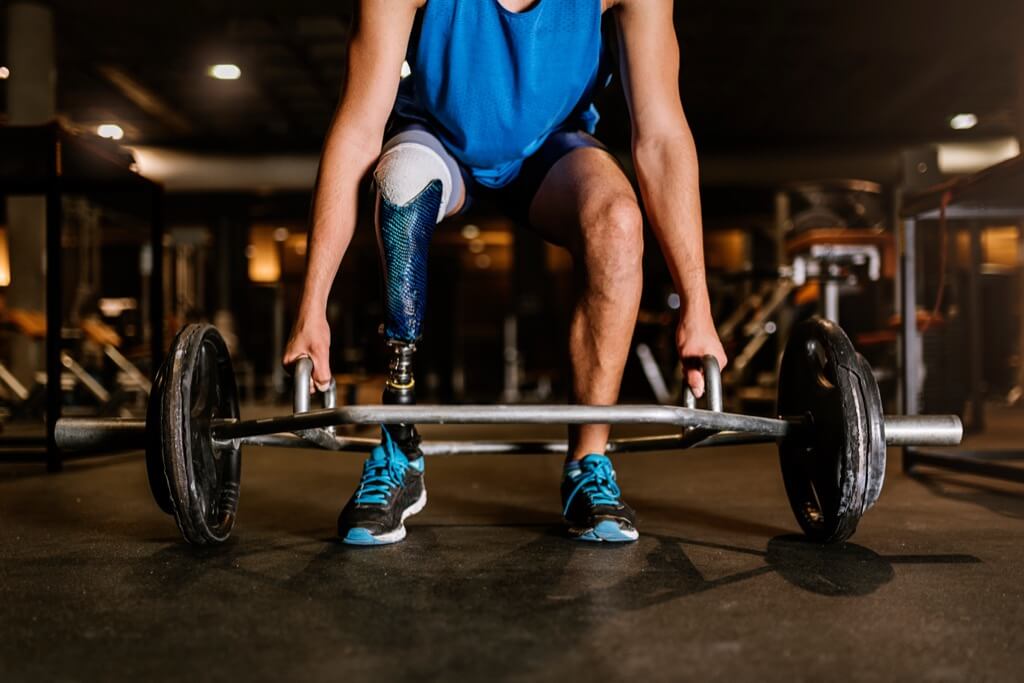
- Athletes using condom drainage or indwelling catheter drainage should remove the existing collection bag and drain the system so that a fresh sample can be obtained as soon as possible after notification and under observation of the DCO.
- Where possible, the existing urine collection or drainage system should be replaced with a new, unused catheter or drainage system prior to the sample collection.
- Athletes who self-catheterize may use their own catheter to provide a sample and the new catheter should be produced in tamper-evident wrapping.
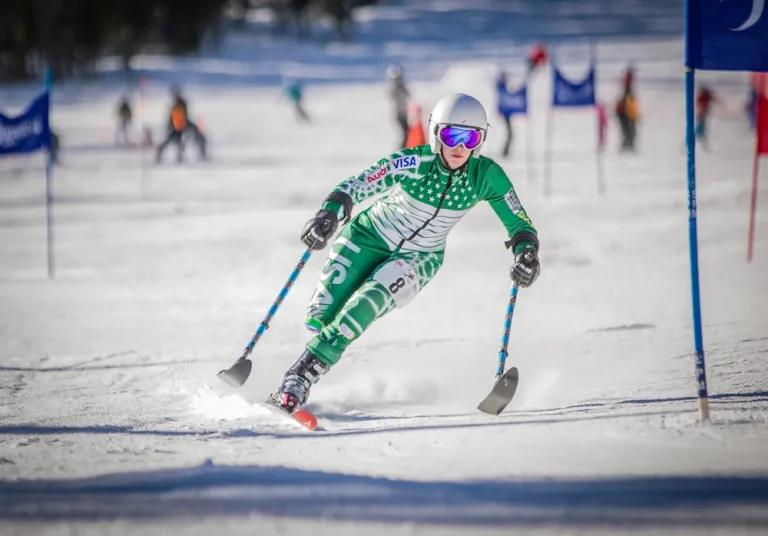
Athlete Rights & Responsibilities
Athletes have a number of rights and responsibilities related to doping control.
These rights and responsibilities are essentially the same for both in-competition and out-of-competition testing.
When selected for testing, athletes have the right to:
- Have a representative accompany the athlete throughout the doping control process
- Have an interpreter present, if one is available
- Complete a training session or other activities while the DCO or notifying chaperone observes the athlete (out-of-competition)
- Have the testing procedures explained to the athlete, including how the sample collection equipment works
- Request to view the DCO’s credentials
- Choose a collection vessel and sample collection kit
- Receive a copy of the sample collection documentation used to document the processing of the athlete’s sample
- Provide feedback on the USADA Athlete Evaluation Form and/or a Supplementary Report Form
- Request a delay in reporting to the doping control station for valid reasons (in-competition testing)
- Request modifications if the athlete has an impairment
During a test, athletes are responsible for:
- Complying with the sample collection procedure
- Reporting immediately to the doping control station unless there are approved reasons for delay
- Presenting government issued photo identification at the time of notification
- Staying in direct observation of the DCO or notifying chaperone from the time of notification until the sample collection session is complete
- Keeping the collection vessel in their possession and in view of the DCO at all times
- Having control of the sample until it is sealed in the sample collection bottles (the DCO may assist upon request)
- Ensuring the sample code number is correctly documented on the sample collection documentation
- Ensuring all appropriate sample collection documentation is accurate, complete, and signed
Frequently Asked Questions
Have Questions on the Sample Collection Process?
Click on the question to drop down the answer.
How is an athlete notified for testing?
A Doping Control Officer (DCO) or a notifying chaperone will notify an athlete of their selection for doping control and will provide them with their USADA credentials. The athlete will then be asked to acknowledge in writing on the Doping Control Form (DCF) or Athlete Notification Form that they were notified. A DCO or chaperone can notify athletes at any time and any location, including their home, training facility/area, work, school, etc. If an athlete refuses to provide a sample, they are subject to an anti-doping rule violation and up to a four-year period of ineligibility.
The DCO or notifying chaperone will keep the athlete in direct observation and accompany them at all times until they report to the doping control station (in-competition) or to an appropriate location (out-of-competition) where they will complete the sample collection process.
Can athletes eat and drink liquids after being notified for testing?
After notification, the DCO should advise the athlete that should they choose to consume food or fluids prior to providing a sample, they do so at their own risk. The DCO should also advise the athlete not to hydrate excessively, since this might delay the production of a suitable sample.
When and where does an athlete report for testing?
In-competition testing: An athlete, their representative (if applicable), and the notifying chaperone will report to the on-site doping control station immediately, unless there is a valid reason for delay and it is approved by the DCO, which may include:
- A medal ceremony
- Media commitments
- Medical obligation
- Warming up and cooling down
- Competing in further events
- Arranging for an athlete representative and/or language specialist
Out-of-competition testing: A safe, secure, and private location (e.g., a home or training facility) will be used as the doping control station during the sample collection session.
Sample collection documentation may be started at the initial location of notification.
What kind of information accompanies the urine and/or blood sample to the lab?
Whether it’s an in-competition or out-of-competition test, every athlete sample sent to a WADA-accredited laboratory includes an abbreviated copy of the DCF and Declaration of Use documentation, which does NOT include the athlete’s name. The information on the laboratory copy of the DCF and Declaration of Use contains:
- Sport gender
- The type of test (in-competition or out-of-competition)
- The athlete’s sport and discipline
- The type of the sample (urine, blood, DBS) and required laboratory information on the sample (volume, specific gravity, time sealed)
- The sample code number that matches the numbers on the sample collection kit
- Medications and supplements taken within the previous seven days
- The name of the testing authority, sample collection authority, and results management authority


